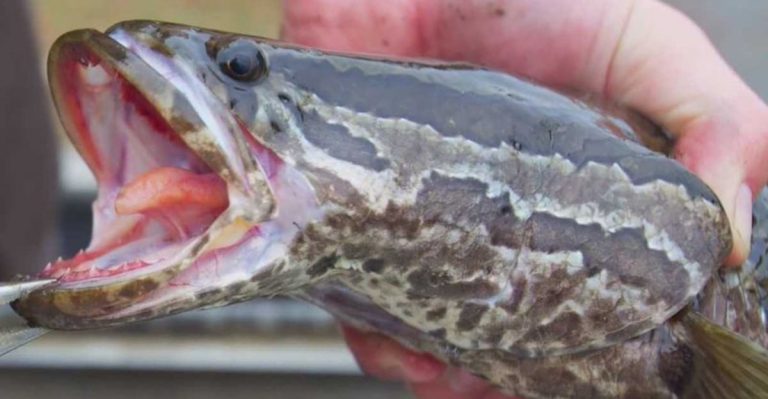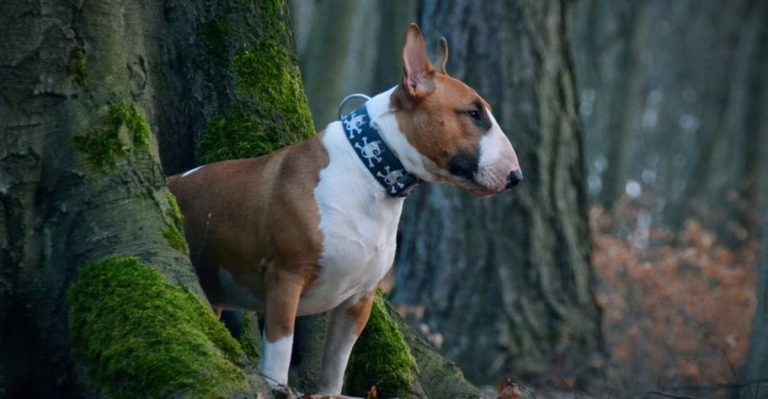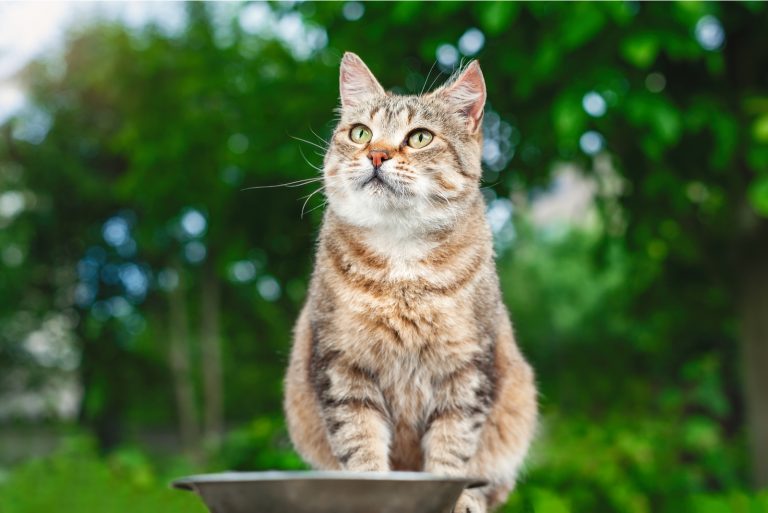12 Most Lethal Animals In The U.S. You Should Avoid At All Costs
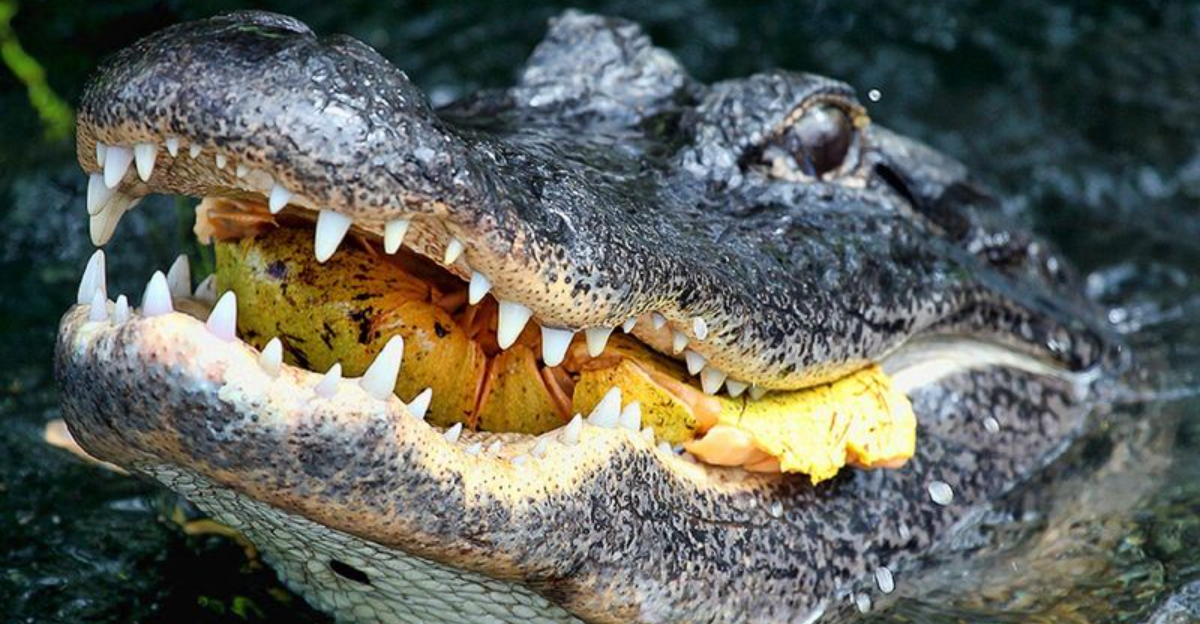
America’s wilderness holds beauty and danger in equal measure. While exploring the great outdoors, knowing which creatures pose serious threats could literally save your life.
From venomous reptiles lurking in undergrowth to powerful predators roaming national parks, these animals deserve our respect and caution. Here’s your survival guide to the most lethal animals you might encounter on American soil.
1. Eastern Diamondback Rattlesnake
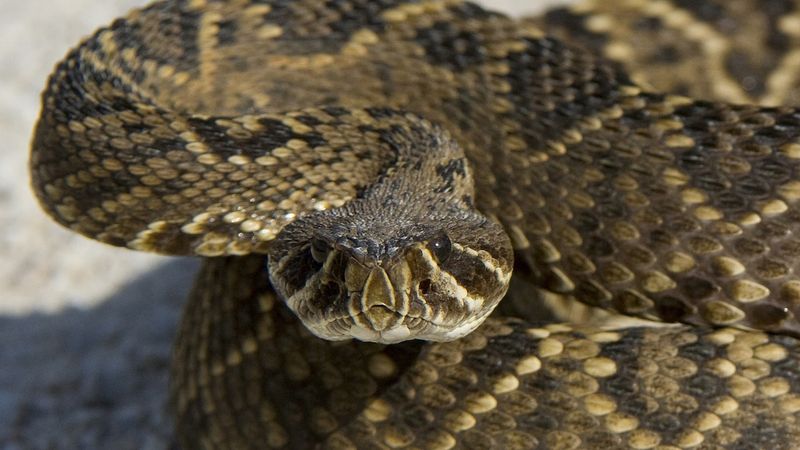
Silent but deadly, these pit vipers deliver enough venom in a single bite to kill up to 10 adults. Their distinctive diamond pattern serves as nature’s warning sign.
When threatened, they coil tightly and rattle their tail segments, creating that infamous buzzing sound before striking with lightning speed. Always watch your step in sandy coastal areas of the Southeast.
2. Bull Shark
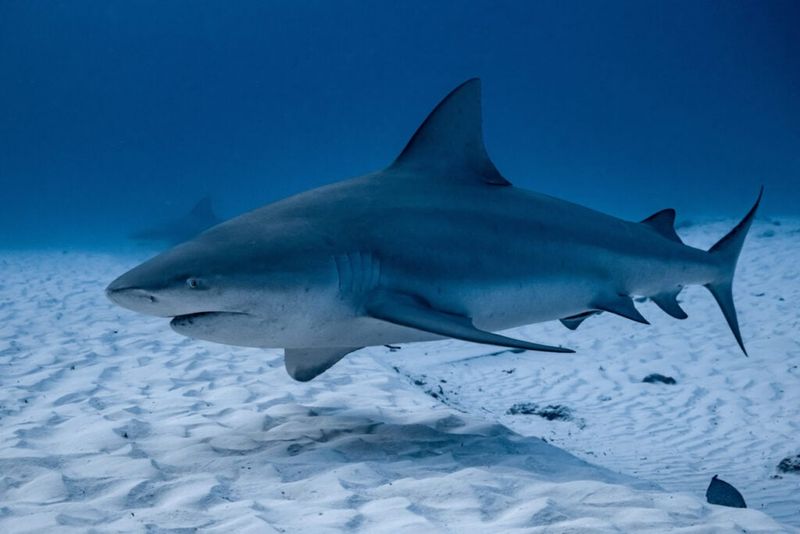
Unlike other sharks, bull sharks can survive in freshwater, venturing miles upriver where people least expect them. Their aggressive temperament and inability to distinguish between prey and humans make them particularly dangerous.
With powerful jaws lined with serrated teeth designed for tearing, they’re responsible for more unprovoked attacks than almost any other shark species. Avoid swimming in murky waters, especially during dawn and dusk.
3. Box Jellyfish
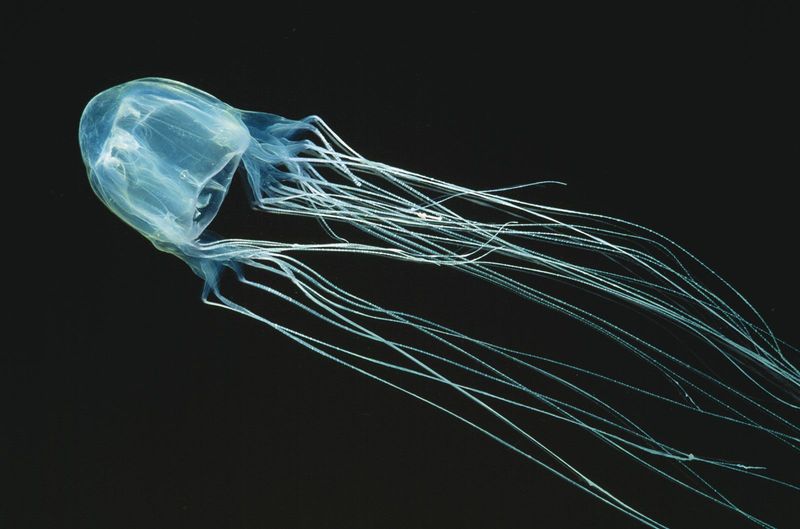
Nearly invisible in water, these translucent killers pack a punch deadlier than any snake. Their tentacles contain thousands of microscopic stinging cells that inject venom directly into your bloodstream.
The pain is described as unbearable—like being burned with hot metal and electrocuted simultaneously. Victims can go into cardiac arrest within minutes. Always check beach warnings and wear protective clothing when swimming in Florida’s coastal waters during summer months.
4. California Brown Recluse Spider
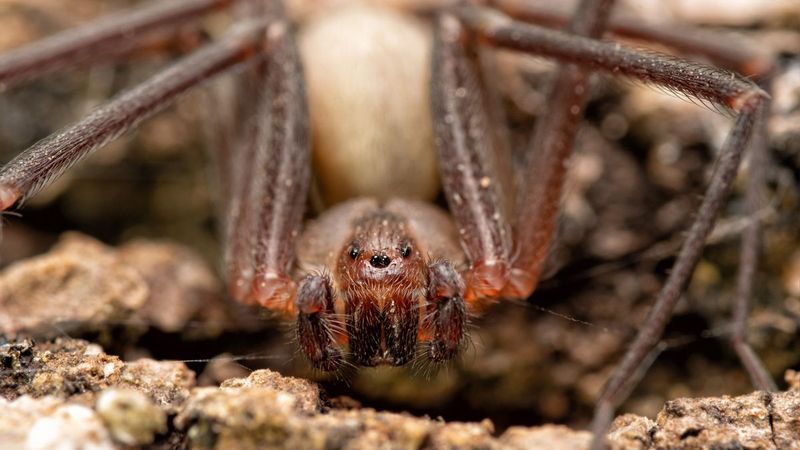
Don’t be fooled by their small size—these spiders pack a devastating punch. Their venom contains an enzyme that destroys tissue, creating wounds that expand and refuse to heal.
Unlike most spiders, brown recluses have six eyes instead of eight, arranged in pairs. They hide in undisturbed areas like woodpiles, sheds, and cluttered closets, making accidental encounters all too common for unsuspecting homeowners.
5. Black Widow Spider
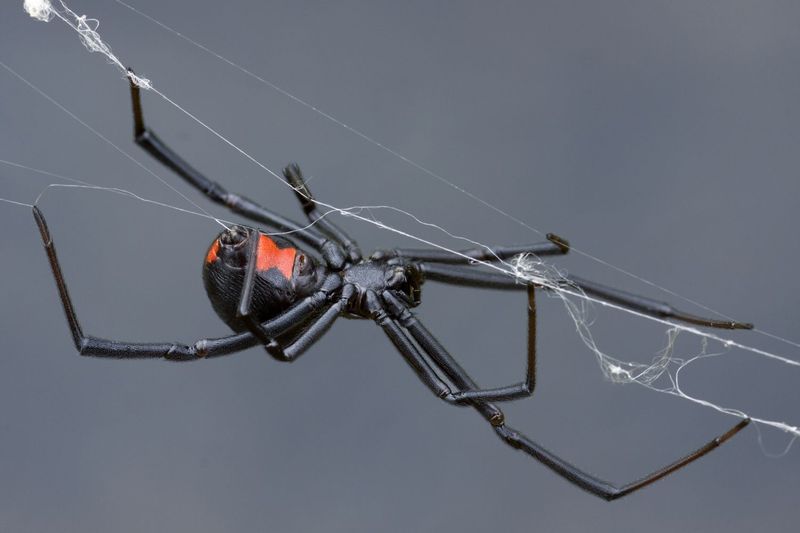
Glossy black with a telltale red hourglass on their abdomen, these infamous arachnids lurk in dark corners waiting for prey. Their venom is 15 times stronger than a rattlesnake’s, targeting your nervous system with brutal efficiency.
Victims experience intense abdominal pain, muscle cramps, and difficulty breathing. Female widows are particularly dangerous, sometimes consuming their mates after mating—hence their ominous name.
6. Mountain Lion (Cougar)
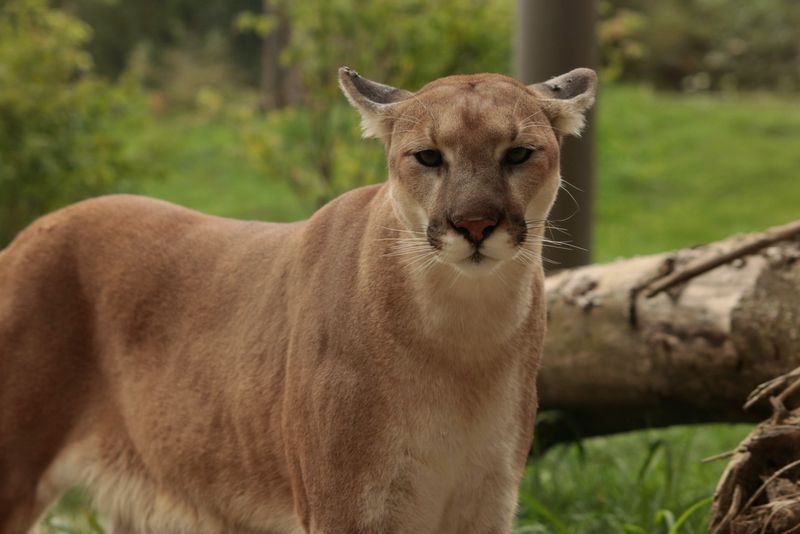
Masters of stealth, mountain lions stalk their prey unseen until the moment of attack. These powerful cats can leap 40 feet horizontally and 15 feet vertically from a standstill.
Unlike bears, running triggers their predatory instinct to chase. If encountered, make yourself appear larger, make noise, and fight back aggressively if attacked. These solitary hunters typically avoid humans but can become dangerous when protecting cubs or territory.
7. American Alligator
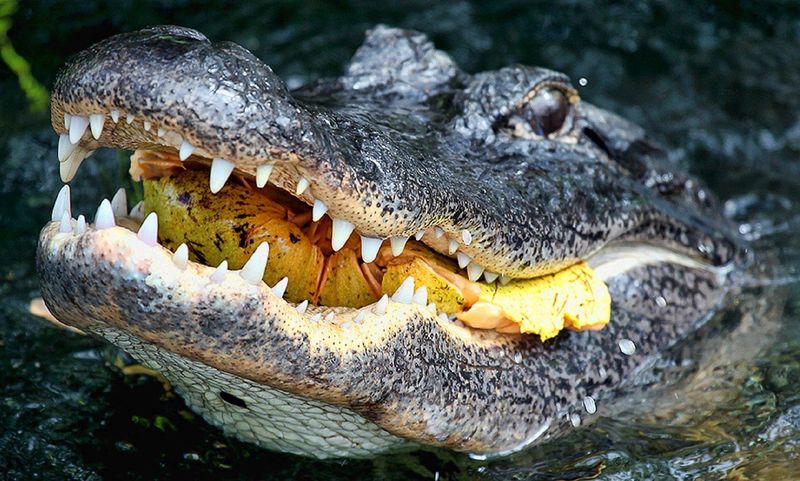
Masters of ambush, alligators can accelerate from motionless to 30 mph in seconds. Their bite force exceeds 2,000 pounds per square inch—enough to crush bones instantly.
Most attacks occur near water during breeding season when females fiercely protect nests. Never swim in waters with posted alligator warnings, especially at dawn or dusk when these prehistoric predators actively hunt.
8. Timber Rattlesnake
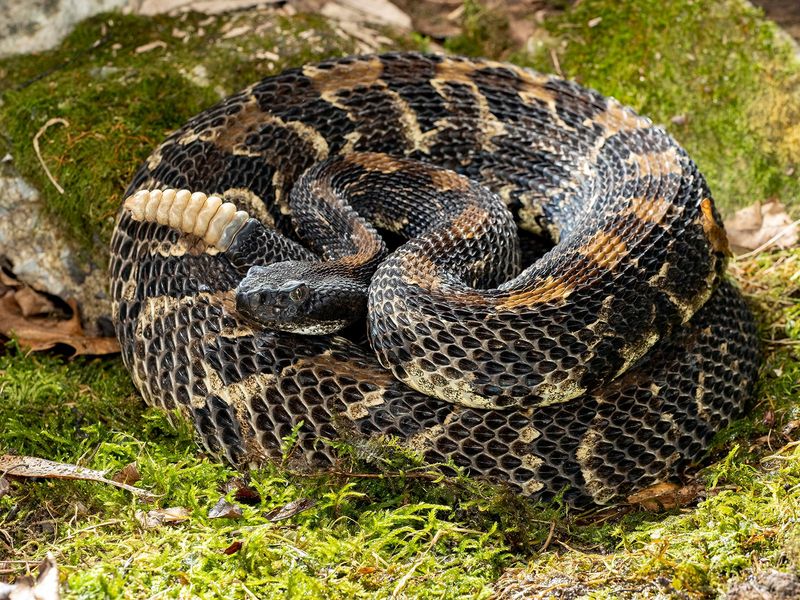
Revolutionary War soldiers adopted this snake’s image as a symbol—”Don’t tread on me”—for good reason. Timber rattlers deliver larger venom doses than any other rattlesnake species in America.
Their hemotoxic venom destroys tissue and prevents blood from clotting, causing internal bleeding. Hikers in eastern woodlands should stick to cleared paths and wear high boots, as these snakes blend perfectly with forest floor debris.
9. Yellowstone Grizzly Bear
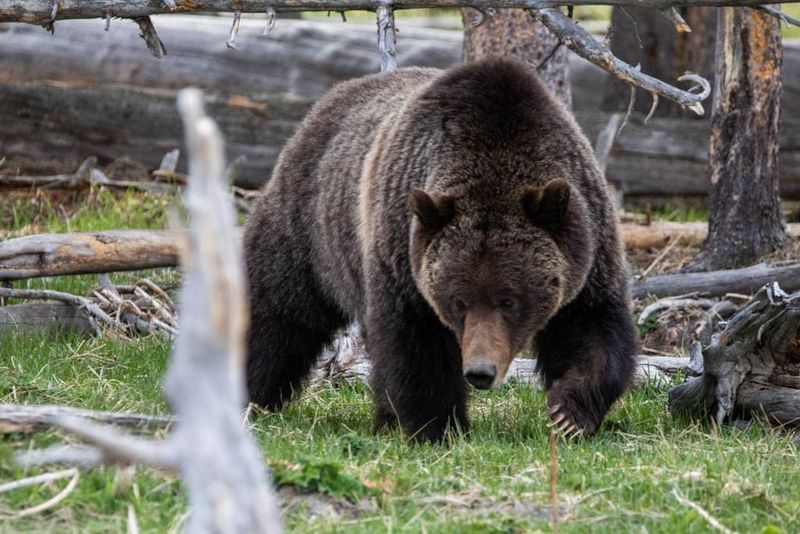
With claws like daggers and jaws that can crush bowling balls, grizzlies command respect in the wild. A single swipe can decapitate a moose or snap a person’s spine.
Their unpredictable nature makes them particularly dangerous—they might ignore humans one moment and charge the next. Never hike alone in grizzly country, carry bear spray, and make noise while traveling to avoid surprising these temperamental giants.
10. Coyote
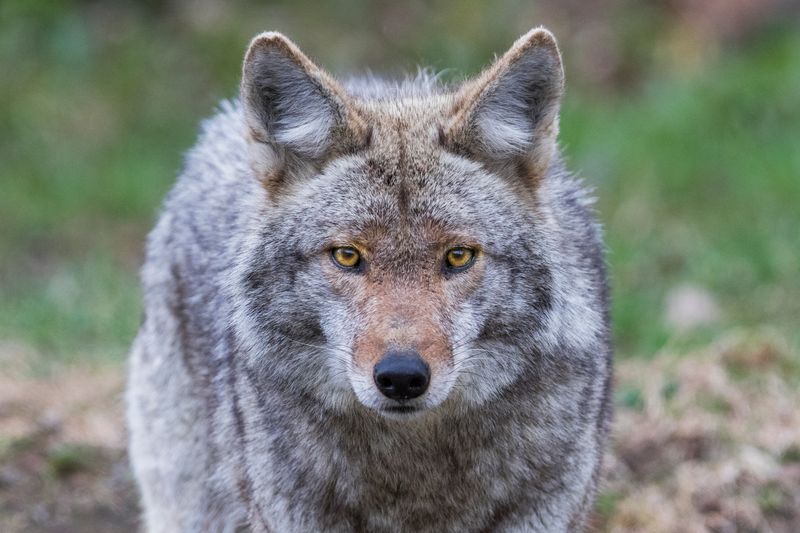
Urban expansion has made coyote encounters increasingly common across America. These adaptable predators learn quickly that humans can mean easy meals, losing their natural wariness.
While rarely fatal to adults, coyotes can seriously injure children and pets. Rabid coyotes pose additional dangers, displaying unusual aggression and disorientation. Never feed these wild canines or leave pet food outdoors, which attracts them to residential areas.
11. American Bison
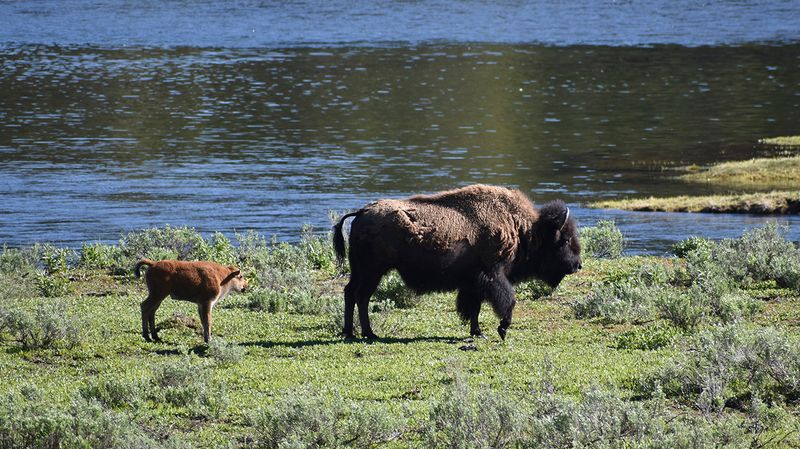
Don’t let their calm grazing fool you—bison are surprisingly quick and notoriously unpredictable. Weighing up to 2,000 pounds and capable of running 35 mph, they’re essentially tanks with hooves.
More Yellowstone visitors are injured by bison than any other animal. They perceive humans approaching within 75 feet as threats, responding with explosive charges. Despite their massive size, they can pivot and accelerate with shocking agility.
12. Copperhead Snake
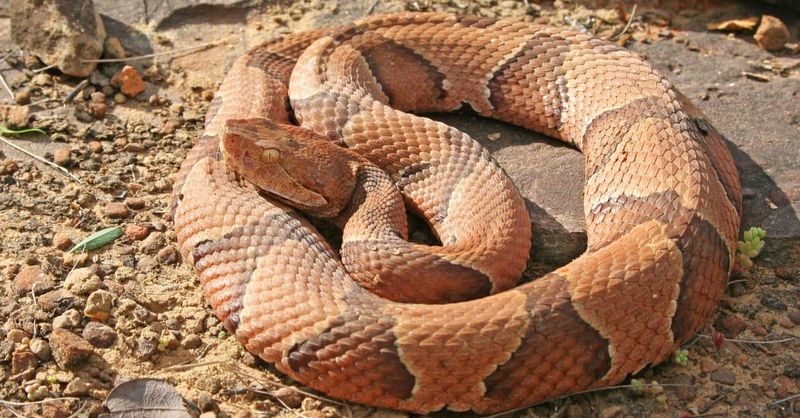
Masters of camouflage, copperheads vanish against autumn leaves and forest floors. Unlike rattlesnakes, they give no warning before striking, making them responsible for more bites than any other venomous snake in America.
Their “hourglass” copper-colored bands are nature’s warning sign. While rarely fatal, their bites cause extreme pain, tissue damage, and sometimes permanent disability. Always scan the ground carefully when hiking in eastern woodlands during warm months.

